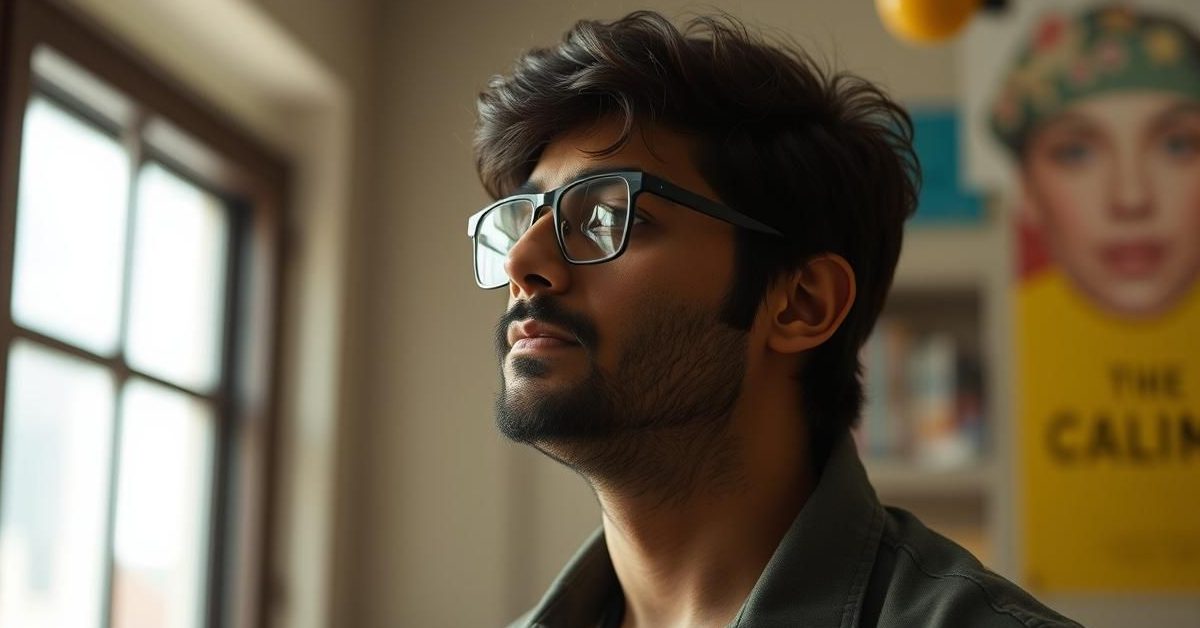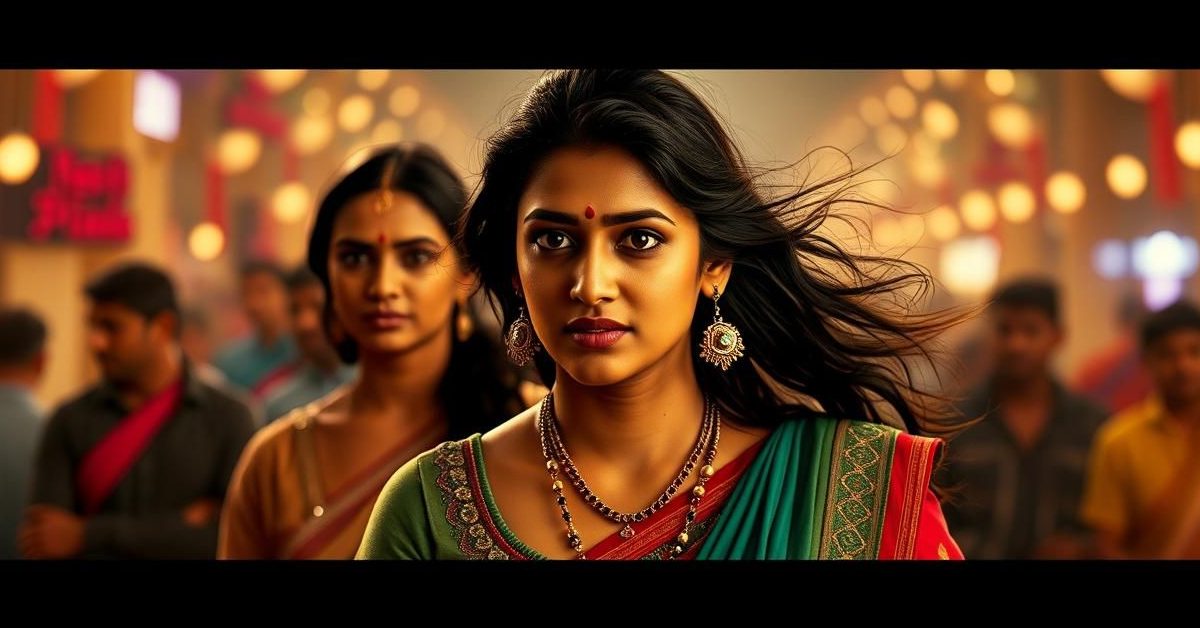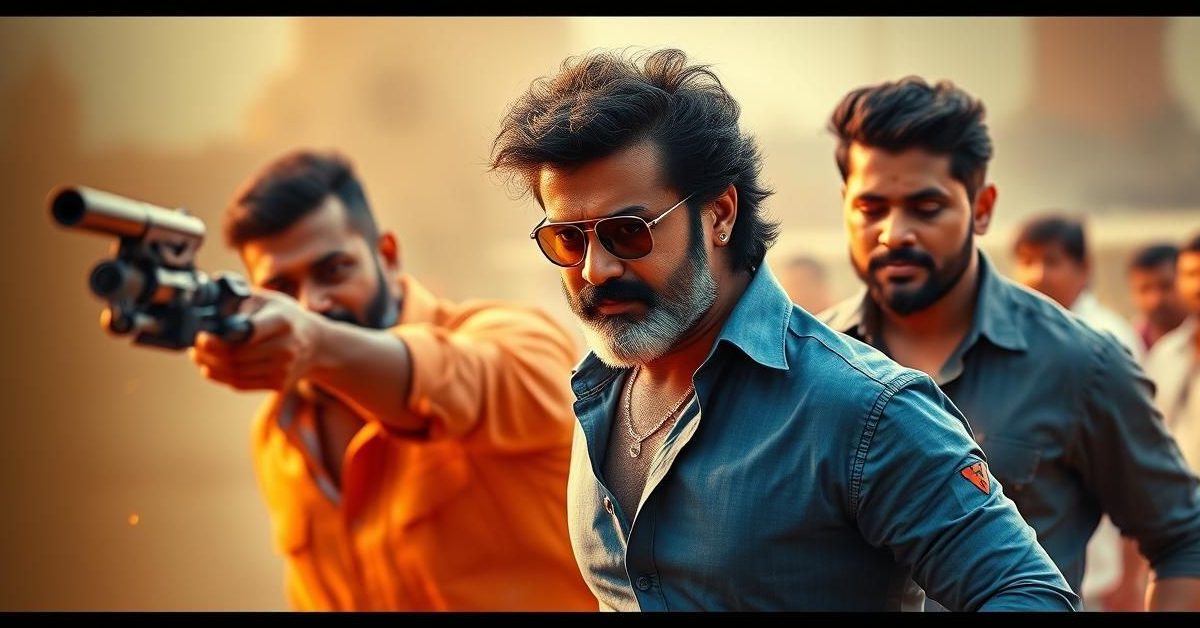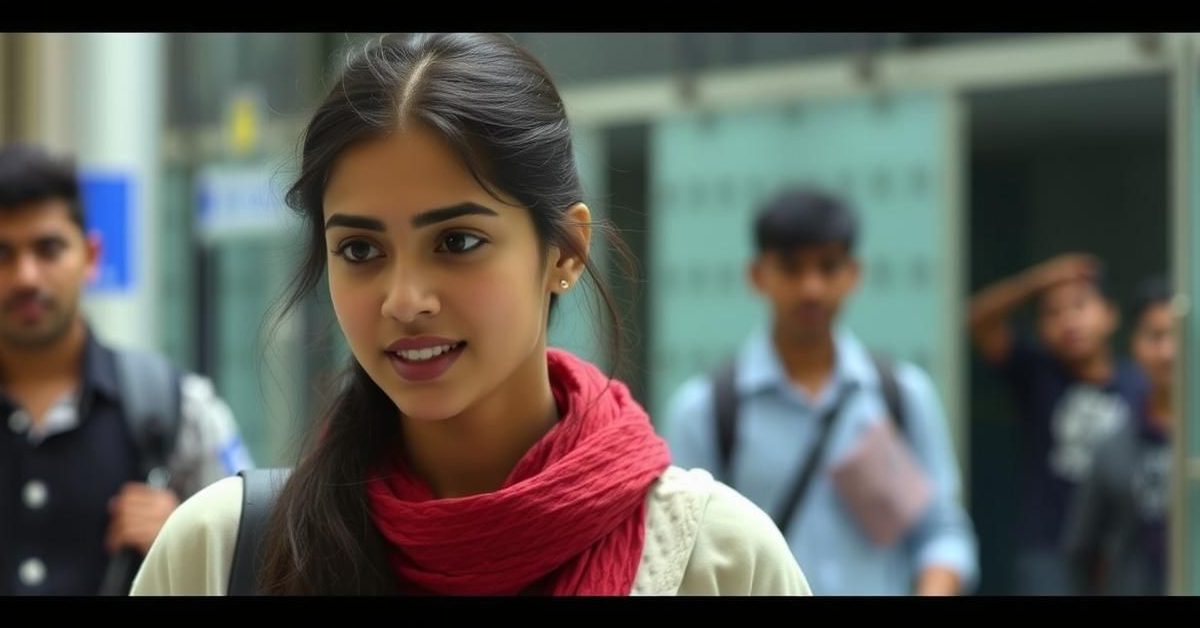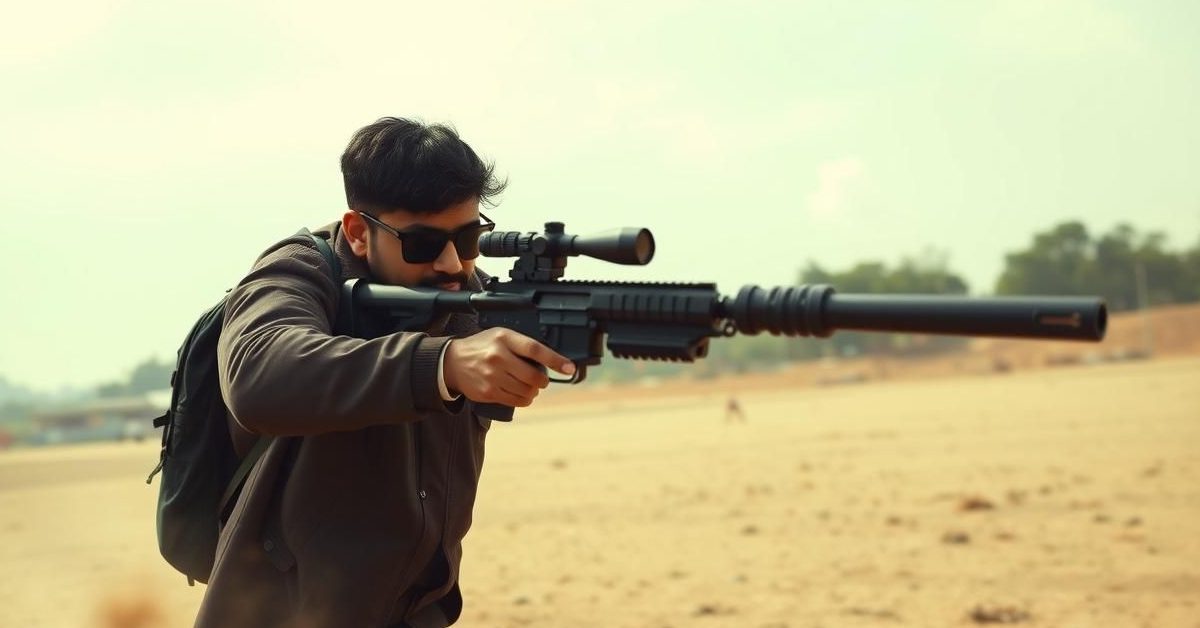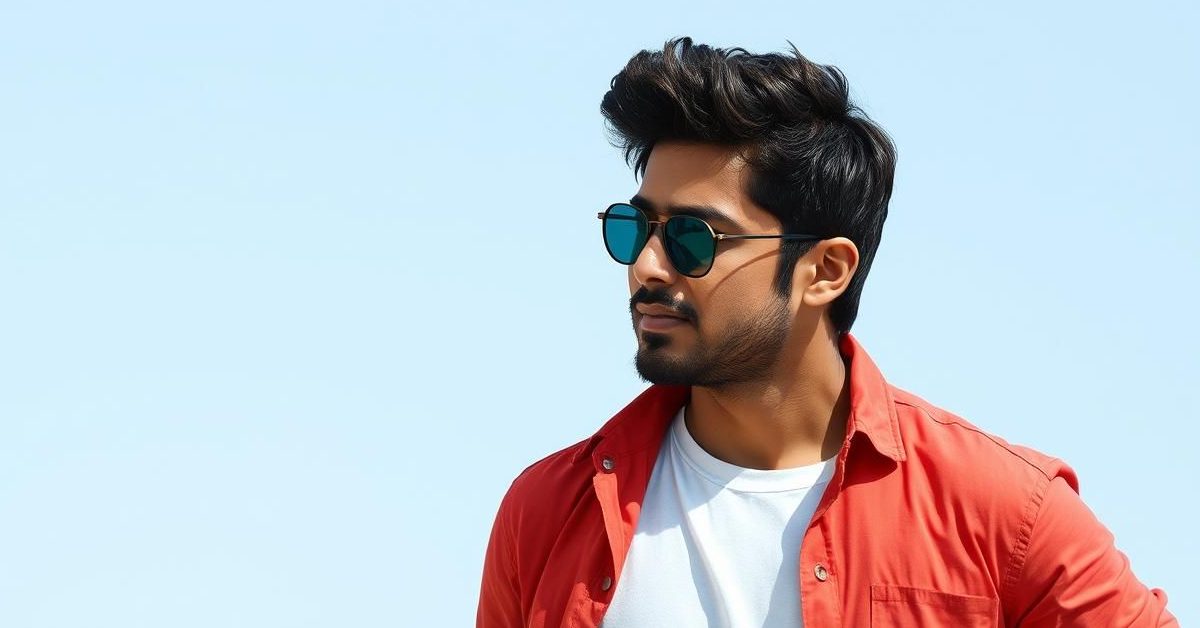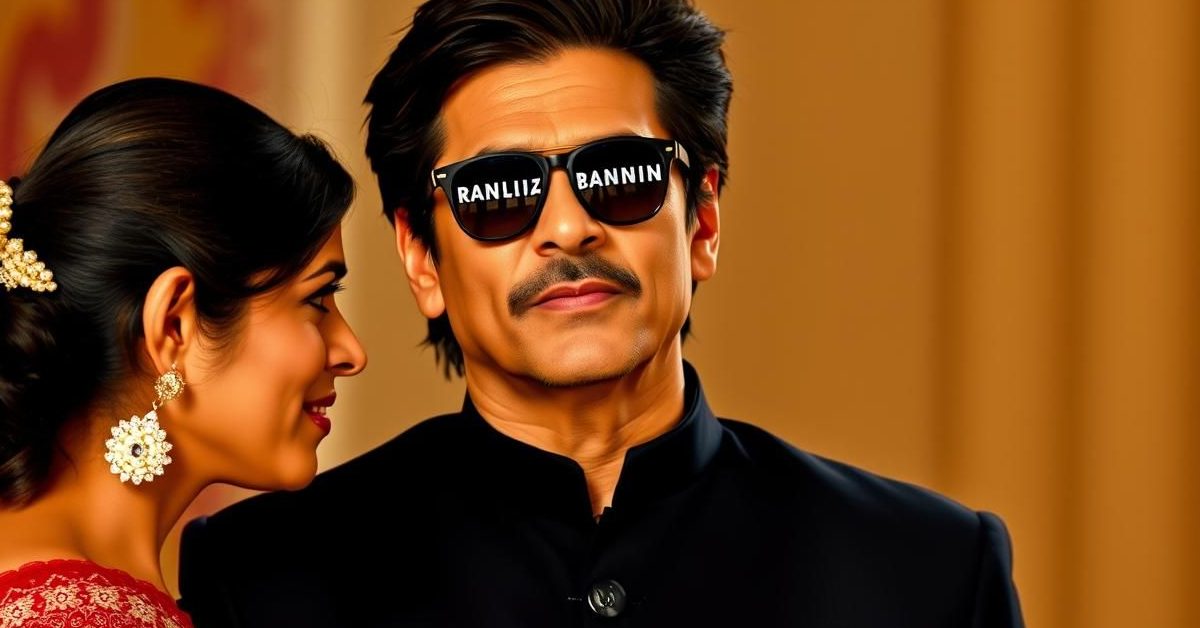Rohan Gurbaxani, known for his impactful roles in films like ‘Metro… In Dino’ and shows like ‘Made in Heaven 2,’ offers a candid look into his five-year acting journey, revealing his experiences with top directors and industry veterans.
From Dance to Drama: An Accidental Entry
Rohan Gurbaxani’s path to acting wasn’t a sudden calling. It began informally with dance and school drama classes, much like any other child. It was only later, when his mother enrolled him in more serious acting classes around fifth grade, that the seeds were truly planted.
The real turning point came when he decided to pursue acting professionally. He felt compelled to move to New York to study and live the craft, a decision validated by his acceptance into NYU’s prestigious program.
Behind the Lens: Internships and a Shah Rukh Khan Moment
While majoring in acting at NYU, Rohan made a conscious effort to understand filmmaking from all angles. He spent his summer breaks interning on production sets, assisting directors, and taking on AV gigs to gain hands-on experience behind the camera.
One memorable internship was with Excel Entertainment, where, at just 19, he got to assist on a shoot featuring Shah Rukh Khan. His job involved creating wind effects with a silent fan for a green screen sequence. Rohan describes witnessing SRK’s innate aura and humility up close, a truly surreal moment that left a lasting impression on him.
Directorial Visionaries: Karan Johar and Zoya Akhtar
Rohan has had the unique opportunity to work with both Karan Johar and Zoya Akhtar early in his career. He finds both directors remarkable for their deep understanding of the human psyche and their ability to connect with audiences on an emotional level.
Karan Johar, he observes, successfully brings back a heartfelt, ‘big-feelings’ family drama with films like ‘Rocky Aur Rani Kii Prem Kahaani,’ grounding it in modern reality. Zoya Akhtar, on the other hand, roots her stylized narratives like ‘Made in Heaven’ in raw, observational emotional truth. Both, Rohan notes, prioritize character, making their stories feel genuinely lived-in.
The Art of Direction: Beyond Mimicry
Contrary to popular belief, Rohan states that Karan Johar never performed scenes for him. He believes the best directors, including Karan, communicate intention through a single word, a phrase, or even an analogy.
For an actor, the job isn’t to mimic but to internalize the director’s cues and find their own truth within the script. This approach fosters genuine creativity, as the actor translates the written word into a unique, authentic performance.
Navigating Social Media and Industry Shifts
Rohan admits to struggling with the modern pressure on actors to maintain a constant social media presence. While he understands the desire for virality, he prefers audiences to discover him through his actual work and the characters he portrays.
He uses social media to share personal glimpses not visible in his roles, but on his own terms. Rohan acknowledges that casting decisions can sometimes be influenced by follower counts, yet he firmly believes there’s still room for actors focused purely on their craft, highlighting that his first break came without a massive following.
The Nepotism Debate: A Changing Landscape
Addressing the often-discussed topic of nepotism, Rohan states he hasn’t directly faced roadblocks due to it. He believes the industry landscape is evolving, with audiences demanding more honesty and depth from performances.
This shift raises the bar for everyone, including those from film families, creating a more competitive and merit-driven environment. He stresses the importance of carrying oneself without a “chip on the shoulder,” fostering a collaborative spirit on set regardless of background.
Collaborating with Co-stars
Working with Ananya Panday, Rohan found her to be clear, warm, and open from their first meeting. He emphasizes that true collaboration in acting requires letting go of ego and being present to receive and give energy to one another. This shared space of honesty allows the scene to truly come alive.
The Anurag Basu Experience: Instinctive Filmmaking
Rohan describes working with Anurag Basu as “unbelievable.” Basu, whom he calls “Dada,” is intensely instinctive, often rewriting scenes entirely on set, forcing actors to abandon their prior preparation and surrender to the moment. This chaotic yet freeing process demands immense trust and reliance on instinct.
Basu even acted as the Director of Photography for their segment in ‘Metro… In Dino,’ physically holding the camera, composing shots, and directing actors simultaneously. This hands-on approach created an “electric” atmosphere of real-time discovery.
Learning from Legends: Pankaj Tripathi and Konkona Sen Sharma
Sharing screen space with veterans like Pankaj Tripathi and Konkona Sen Sharma was a “masterclass” for Rohan. He marvelled at Tripathi’s effortless ability to infuse simple lines with layers of meaning and Konkona’s presence and responsiveness.
Both actors exhibited immense generosity, focusing on collaborative energy rather than dominating scenes. This give-and-take, Rohan highlights, is what truly creates memorable performances.
- The best directors communicate intention, prompting actors to find their own truth rather than mimicking.
- Audiences increasingly demand authenticity, pushing all actors to elevate their craft, irrespective of industry connections.
- Embracing improvisation and trusting instincts is crucial, especially when working with directors who thrive on spontaneity like Anurag Basu.
Rohan Gurbaxani’s journey underscores the evolving nature of Indian cinema, valuing genuine performances and collaborative spirit above all.
